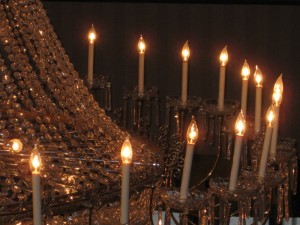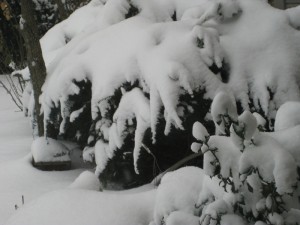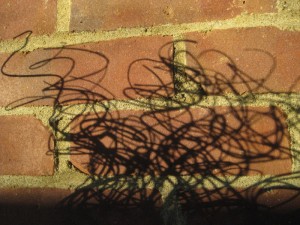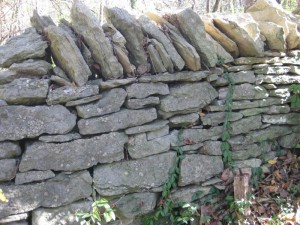I love the fresh start of the New Year. It’s usually a time of introspection for me, a chance to look back at events and changes in the previous year, and to dream and plan for the new one.
Lots of people are doing a great job of sharing their approach to that work this year. Christine Kane lays out a promising technique for using a single word as a beacon for the year. You can find the link to her free download describing the process here. Bradley J. Moore at Shrinking the Camel has a great post on setting goals that spur growth here. If you’re interested in specific, entirely do-able actions to take now to help in reaching goals for the year, Marelisa Fabrega has a wealth of ideas here.
This year I find myself less able to dwell in the dreaming and visioning space that I associate with year’s end. I miss it, but what I’m drawn to instead is the physical task of clearing out all kinds of work spaces throughout the house.
I’ve filed months of papers and notes accumulated from the year’s various projects, tossed old files, taken bags of donations to Goodwill, and I’m about to get to the bottom of a very old pile of ironing. Yes, it’s tedious and exhausting. But it needs to be done and it’s satisfying enough that I keep going.
I do have in mind work I want to accomplish in the coming year. At the very least I’m clearing space to do that work. On another level, I’m purging the clutter that encroaches not only on my house but on my self. Clear space, perhaps, will help with clear thinking. Room to work, perhaps, will make room for action.
So this is another way—a workmanlike way—of preparing to welcome the New Year. Not with resolutions, but with a certain kind of resolve.
Happy New Year!
How is the spirit moving you to greet this New Year?









